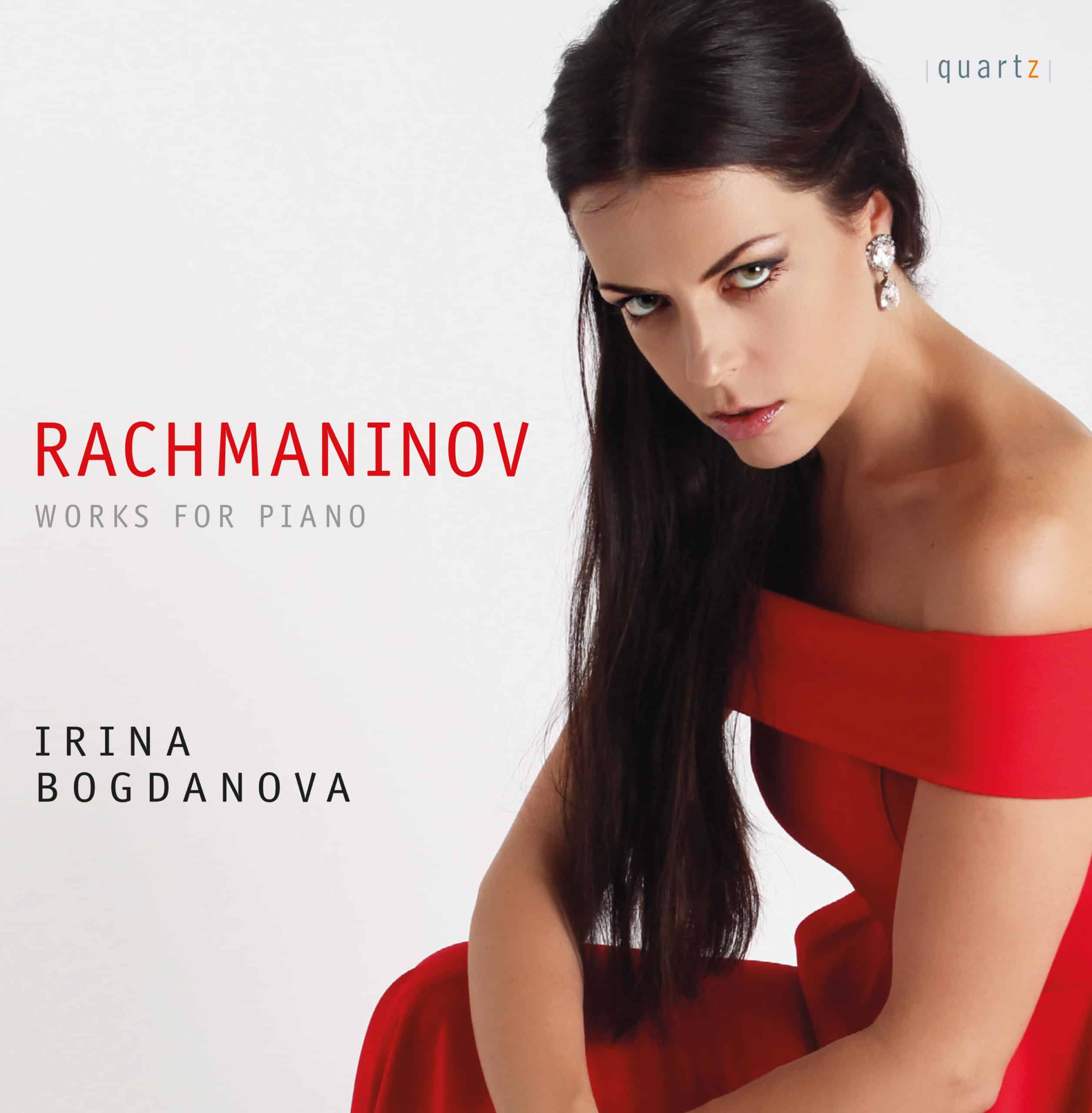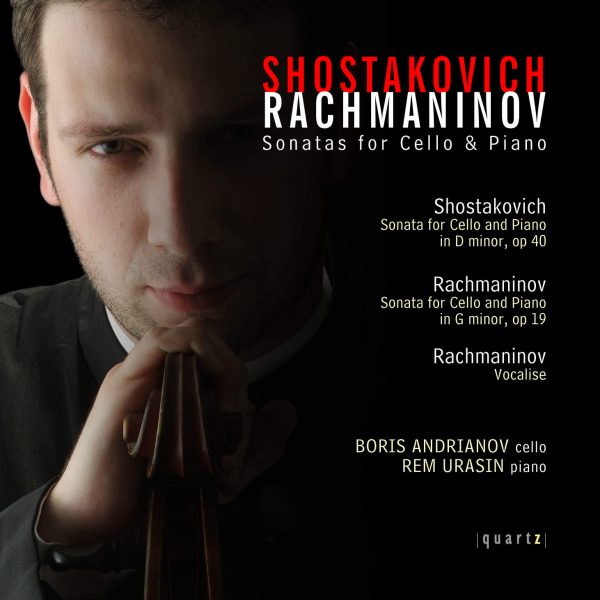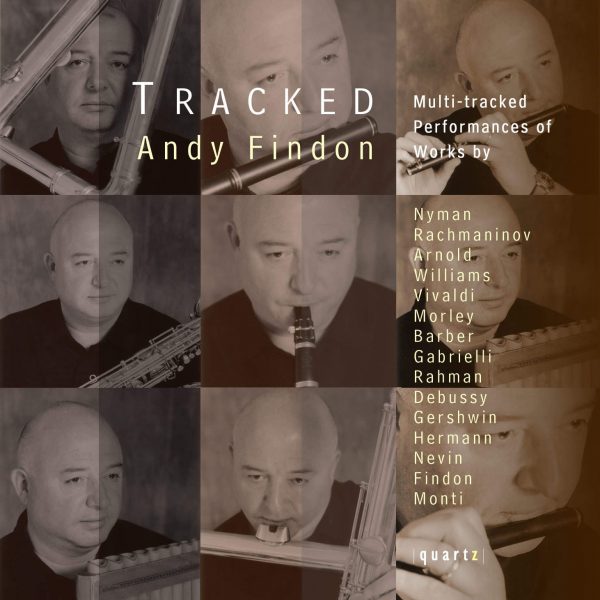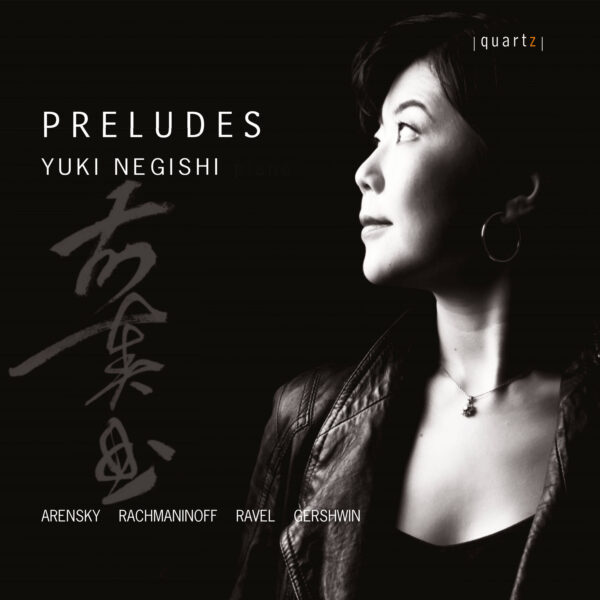Rachmaninov Works for Piano
Price range: £7.99 through £16.99
The piano remained at the heart of Rachmaninov’s life, both as composer and performer. Daisies (Margaritki) is the third of the Six Songs, Op. 38 of 1916 – the last group of songs written by Rachmaninov – and was later transcribed for piano by the composer in the early 1920s (the score is undated), Rachmaninov wrote his Polka de W R in March 1911. The initials in the title refer to the composer’s father, Wassily or Vassily Rachmaninov.
Rachmaninov’s final original solo piano work was written in 1931: The Variations on a Theme of Corelli, Op. 42, dedicated to Kreisler. The theme is based on the famous ‘La Folia’ tune, an ancient and widespread melody used in numerous sets of variations; it was not composed by Corelli but was used by him in his Violin Sonata No. 12. The Six Moments Musicaux were composed as bread-winning music in 1896, their title inspired by Schubert’s Six Moments Musicaux of 1828
About This Recording
Rachmaninov started piano lessons at the age of four and progressed swiftly. In 1889, aged 16, he was asked to prepare a piano duet transcription of Tchaikovsky’s ballet The Sleeping Beauty. The older composer was dissatisfied with the result, but later became a devotee of Rachmaninov’s music. Rachmaninov graduated from the Moscow Conservatory in 1892, having already composed significant works, including his Piano Concerto No.1 (1891). His productivity deteriorated after Tchaikovsky’s death, a decline compounded by the terrible reception of his Symphony No.1 (1895). Several years of depression and therapy followed, but Rachmaninov was offered his first conducting role at this time; this would soon become an integral part of his career, alongside piano performances and composing.
By 1912, the weight of conducting commitments in Moscow was so heavy that Rachmaninov retreated to Rome to compose, staying in a flat once used by Tchaikovsky. He left Russia after the Revolution in 1917, settling in America in 1918. There followed an intensive touring schedule as a concert pianist in the States and across Europe; Rachmaninov completed just six works between 1918 and 1943. The States beckoned once again when, in 1939, the threat of war compelled Rachmaninov and his family to leave Europe and return to the USA.
In the midst of all this activity, the piano remained at the heart of Rachmaninov’s life, both as composer and performer. Daisies (Margaritki) is the third of the Six Songs, Op.38 of 1916 – the last group of songs written by Rachmaninov – and was later transcribed for piano by the composer in the early 1920s (the score is undated), with a revised version following in 1940. Transcription was a discipline with which the composer was familiar from a young age: as a 12-year-old at the Moscow Conservatoire, he performed piano duet transcriptions with other students as part of their education. Daisies evokes a phrase from the Piano Concerto No.2, and was transcribed for violin and piano by Fritz Kreisler, following Rachmaninov’s transcription of Kreisler’s own Liebesfreud.
Rachmaninov wrote his Polka de W.R. in March, 1911. The initials in the title refer to the composer’s father, Wassily (or Vassily), and the tune stems from a melody that the older man often played on the piano. In common with the likes of Bach, Chopin, Debussy and Shostakovich, Rachmaninov channelled his own skill at the keyboard into numerous sets of preludes. His first Prelude, in C-sharp minor, was written at the age of 19. The Ten Preludes, Op.23, were begun in 1901 and completed soon after his marriage in 1902, dedicated to his cousin, Alexander Siloti, who was one of two best men at the wedding. The pieces were written alongside Rachmaninov’s Variations on a Theme of Chopin, based on a theme from one of Chopin’s Op.28 Preludes, and from this came the impetus Rachmaninov needed to compose a set of his own. Nos.1, 2, and 5 of the Ten Preludes were composed first, with the remaining written in Moscow while the Rachmaninovs awaited the birth of their first child that May. The Prelude No.4 in D, Op.23, is a dreamy piece, its fluid textures and delicious harmonies enveloping a passionate melody.
Rachmaninov wrote four pieces to add to his first prelude in C-sharp minor, creating the suite Morceaux de Fantaisie, Op.3, which he premiered on December 27th, 1892, presenting Tchaikovsky with a newly-published copy two months later. Tchaikovsky wrote to Siloti (his former student as well as Rachmaninov’s relative), singing the work’s praises. The first piece in the set is an Élégie in E-flat minor that opens with a widely spaced, brooding piano texture over which a plaintive, song- like melody unfolds.
In the following year, Rachmaninov started to write his seven Morceaux de salon, Op.10, which were completed in 1894. Rachmaninov adapted several characteristic dance styles for the suite, including its second piece, a lively Valse with a more languid, richly-harmonised central section.
Rachmaninov’s final original solo piano work was written in 1931: the Variations on a Theme of Corelli, Op.42, dedicated to Kreisler. The theme is based on the famous ‘La Folia’ tune, an ancient and widespread melody used in numerous sets of variations; it was not composed by Corelli, but was used by him in his Violin Sonata No.12. Rachmaninov’s romanticism was balanced by an interest in earlier materials; he frequently used the ‘Dies irae’ theme from the Roman Catholic Requiem Mass, for example. The Corelli variations also prepared the ground for Rachmaninov’s Rhapsody on a Theme of Paganini, both in conception and in content – there are audible links between the two works. Rachmaninov was not entirely satisfied with the Corelli variations, and sometimes omitted some of them in performance, even mentioning in the score that Variations 11, 12 and 19 were optional. On December 21st, 1931, he wrote to Medtner: “I was guided by the coughing of the audience. Whenever the coughing increased, I would skip the next variation. Whenever there was no coughing, I would play them in proper order.” This wry reflection does not do justice to the work’s structure; over and above the individual variations, there is a sonata-like shape to the work. The Intermezzo functions as a cadenza, concluding the first “movement”, before the sensual Variation 14 Andante, come prima ushers in the “slow movement” with a sensuality that anticipates the famous, passionate Paganini variation.
The Six Moments Musicaux Op.16 were composed as bread-winning music in 1896, their title inspired by Schubert’s Six Moments Musicaux of 1828. In the first piece, the left hand’s lilting triplets undulate beneath a sinuous melody, growing in intensity, blending elements of a nocturne with a theme and variations. A thrilling cadenza leads into a section of ascending sextuplets in the right hand before a return to the opening tempo and a further variation on the opening theme. The second piece is in the étude style, with virtuosic cascades of semiquavers and a central section characterised by sudden swells.
In the third piece, Andante cantabile, the spacing of the piano writing starts with the sonorous quality of Russian choral music. It is then transformed into a spikier texture of staccato octaves before returning to the funeral march-like manner of the opening, ending the piece with solemn softness.
Resembling Chopin’s Revolutionary étude, the fourth piece features a fiendishly virtuosic left-hand part of continuous sextuplets, punctuated by powerful gestures in the right hand. The fifth piece, Adagio sostenuto, is in complete contrast: a tranquil haven with left-hand triplets evoking a barcarolle, a piece emulating the gentle rocking of a boat. In the final Maestoso, Rachmaninov creates a gloriously dense texture in which melodic lines are decorated by continuous demisemiquavers – a rich pianistic feast.
©Joanna Wyld, 2020
Track Listing
- Daisies Op. 38, No.3
- Prelude Op. 23, No. 4 in D Major
- Valse Op. 10, No. 2
- Elegie Op. 3, No. 1
- Polka de W. R.
- Variations on a Theme of Corelli Op.42: Theme
- Variations on a Theme of Corelli Op.42: Var. I, II
- Variations on a Theme of Corelli Op.42: Var. III
- Variations on a Theme of Corelli Op.42: Var. IV
- Variations on a Theme of Corelli Op.42: Var. V - VII
- Variations on a Theme of Corelli Op.42: Var. VIII
- Variations on a Theme of Corelli Op.42: Var. IX - XII
- Variations on a Theme of Corelli Op.42: Var. XIII - XV
- Variations on a Theme of Corelli Op.42: Var. XVI, XVII
- Variations on a Theme of Corelli Op.42: Var. XVIII - Coda
- Six Moments Musicaux, Op.16: I. b flat minor
- Six Moments Musicaux, Op.16: II. e flat minor
- Six Moments Musicaux, Op.16: III. b minor
- Six Moments Musicaux, Op.16: IV. e minor
- Six Moments Musicaux, Op.16: V. D flat Major
- Six Moments Musicaux, Op.16: VI. C Major




